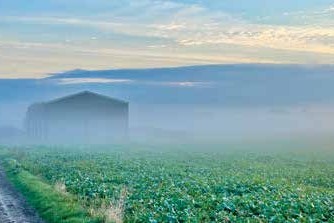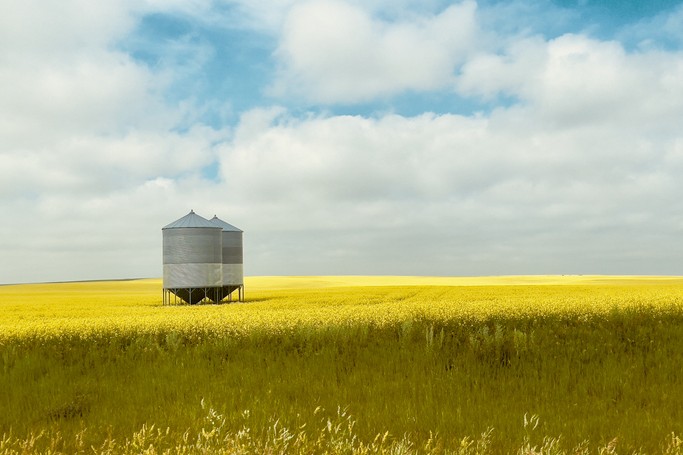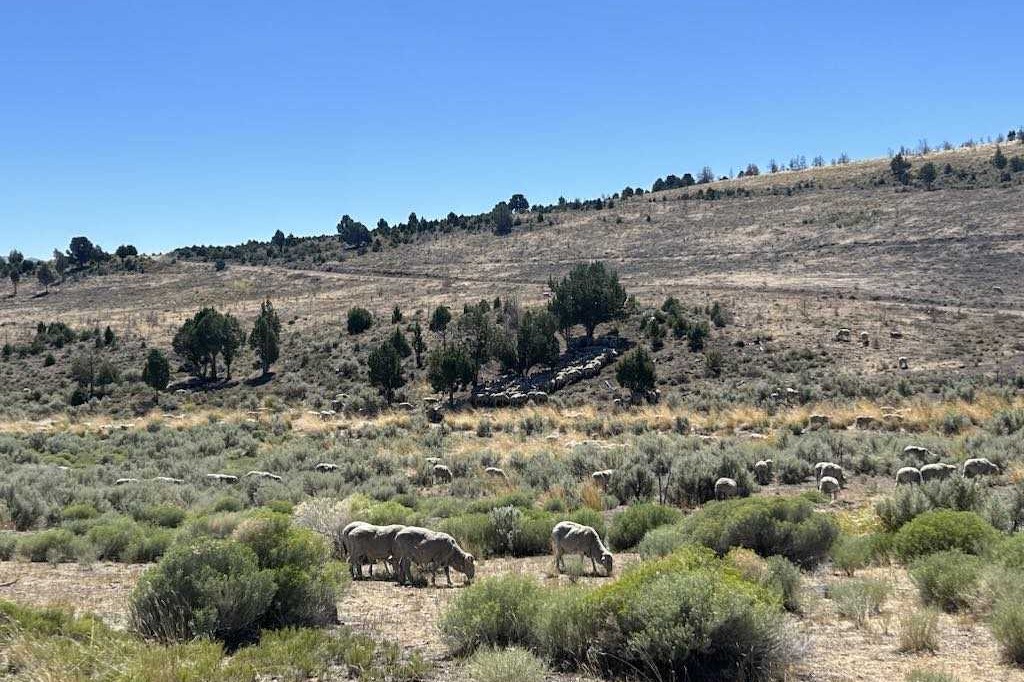Wet harvest, but little rain
High humidity mid-summer meant long waits for crops to dry enough for combines to work on David Walston’s Cambridgeshire farm.

High humidity mid-summer meant long waits for crops to dry enough for combines to work on David Walston’s Cambridgeshire farm.
This year was the wettest dry harvest anyone has ever seen. It actually started out as a wet wet harvest, and a decent weather market opened up for new crop wheat at the end of July and start of August.
At one point there was a £30/tonne ($NZ57) premium for wheat that could be collected by the first week of August, compared to that which was available later in the month.
This meant there was a big incentive for farmers – such as myself – with an ability to dry grain, to fire up their burners. We sold about 1000t of wheat, almost a third of the entire crop, to be
moved in this period of early August, which is two or three times as much as normal.
There were some nervous moments, waiting for the weather to come right enough to allow the combine to work, but also leaving it long enough to get as much natural drying as possible. In the end it all worked out well, with a nice sense of satisfaction for tapping into a lucrative little market for the short time it was available.
It was after this first week of August when the weather really got weird. Although there was hardly ever any actual rain, the relative humidity rarely dropped below 100% for more than a few hours in the middle of the day.
Really what stands out from this harvest, particularly for the wheat and oats, was the difference between how the crop looked, and how it yielded.
This meant huge dews every morning, and then no actual drying until well into the afternoon, even though it was very warm, and very windy. One memorable day saw us testing the wheat at 17% at 10am, but then taking until after 6pm to drop below 16% so we could get going.
With only a few hours per day when it was actually possible to cut anything, harvest dragged on until August 29 – a good two weeks after it would have finished under more normal drying conditions.
Still, we were some of the lucky ones, with a combination of having our own drying facilities, and not having to wait for (often non-existent) lorries to take away already harvested grain to make enough space to keep on cutting more.
Many farmers out here in the east were still harvesting well past the middle of September, which is normally unheard of.
Yields were generally about the long term average, which was a quite pleasing contrast to the past two years. Unusually for us, we grew a few varieties of malting barley, including the ancient Maris Otter, whose headline yields don’t look great, but financially they produced the same return as 8.5-9t/ha of feed barley.
Oilseed Rape again yielded much better than for the past two years, but still only averaged 2.66t/ha. However, at an average sold price of £480/t, ($NZ911) the financials look pretty decent here too. Wheat managed to come in at 9.2t/ha, which is significantly easier to look at than the sub 8t/ha averages from 2019 and ’20. Spring oats produced 5.5t/ha, which may be okay if we can make seed grade, otherwise it’s fairly mediocre.
Winter field beans had some decent crops (4.1t/ha) and some poor (2.6t/ha), making an average of 3.4t/ha. Spring vining peas, grown for seed, again failed to impress, making only 1t/ha, with half the crop left on the ground.
Really what stands out from this harvest, particularly for the wheat and oats, was the difference between how the crop looked, and how it yielded. Although I’m reasonably satisfied with the end results – especially given the current values – everything looked so excellent before harvest, and just never actually yielded when the combine got stuck in.
Crops that looked like 12t/ha did 10.5, oats that I had hoped would be 7t/ha would only end up at six. Everything was just 15% down on how it appeared. I guess it was some combination of the spring drought, or the lack of radiation for grain fill, as there was a huge amount of straw but not a lot of seed.
Right now, at the start of November, all of the crops are drilled and emerged, and everything looks pretty good. Aside from the fertiliser price, of course.




